
Turkey season is just around the corner and it is time to make your plans, prepare your equipment, and scout your hunting area. A successful harvest is determined by the amount of preparation done prior to the season. Where am I going to hunt, what are the lottery application dates, what equipment do I need, and where do I find the turkeys are all questions that should be answered before hunting season arrives.
New to Hunting?

Tagging along with an experienced turkey hunter will shorten your learning curve considerably. The Illinois Department of Natural Resources offers an Apprentice License program which extends the length of time a new hunter can legally hunt prior to taking a Hunter Safety Education Course and purchasing a regular hunting license. Apprentice licenses are one-time, non-renewable and cost $7.50. They can be issued to a person of any age, although youth under the age of 18 must be supervised by a validly licensed resident or nonresident parent, guardian or grandparent. Those 18 years of age or older and holding an Apprentice Hunter License must be supervised by a validly licensed resident or nonresident hunter who is 21 years of age or older.
Start with a Turkey Course
The Illinois Learn to Hunt program has an online Turkey Hunting learning module Turkey Hunting 101. In this 45- to 60-minute session you will learn about turkey ecology and behavior, scouting tips, hunting tactics, calling and decoy placement. As you navigate the module, feel free to pause then resume taking the course as your schedule allows.
Looking for a traditional course? The Illinois Learn to Hunt program also offers one-day workshops, including a Learn to Hunt turkey workshop that teaches new hunters why, how and where to hunter turkeys in Illinois. Visit the Learn to Hunt Calendar page for information on upcoming workshops. Advanced registration is required for all Learn to Hunt workshops.
You also may find the Learn to Hunt Turkey Resources page useful.
The IDNR Turkey Hunting website is an excellent source of information on licenses and permits, regulations and hunting on public lands.

Know Turkey Anatomy
If you have never hunted turkeys, it is imperative that you educate yourself on their anatomy for proper shot placement. Many hunters have successfully harvested a few feathers because they didn’t know how small the vital organs were or where they were located. Do your research, speak with veteran turkey hunters, search the internet and build your confidence in knowing what it takes to harvest a turkey the humane way.
Scouting Prior to Season
Scouting for turkeys is best when done about sunrise or sunset. When you first arrive at your hunting location, just sit for a while, watch and listen. This may tell you where the turkeys are hanging out. Be prepared…that startling gobble piercing the silence of nature will get your blood pumping and bring a smile to the most veteran hunter.
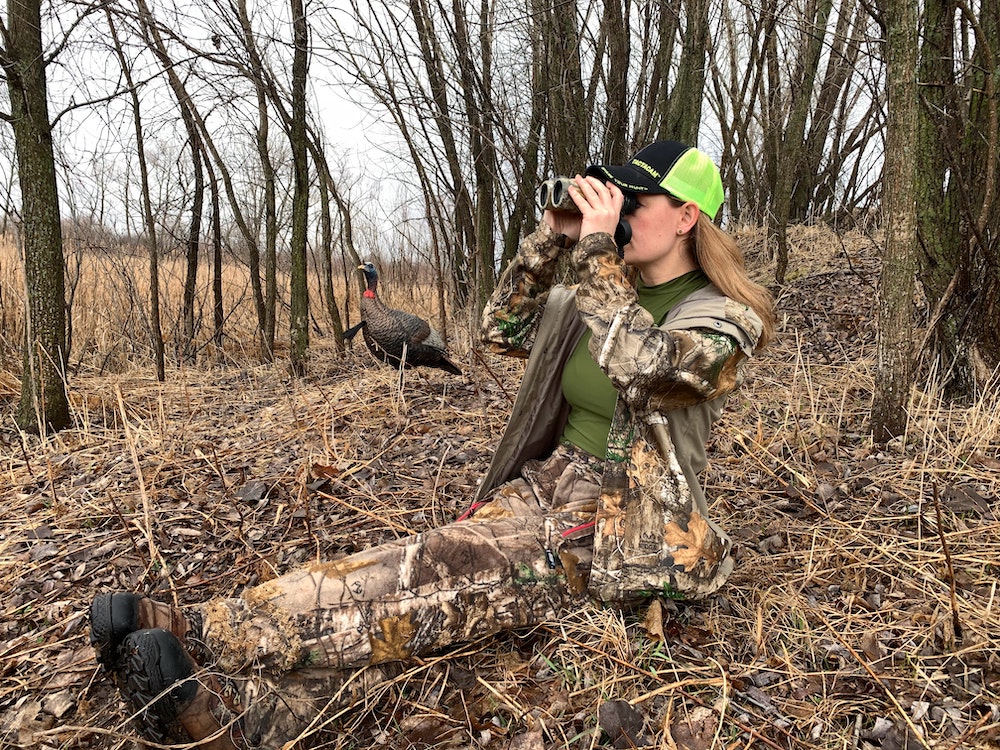
Next, try looking along the edges of the field and woods for turkey signs. Turkeys like to scratch the ground and leaves while foraging for seeds and insects. If you can imagine taking a rake and overturning leaves and debris to expose bare ground, you are pretty close to identifying a turkey scratch. You also may find their tracks in the dirt or mud along with drag marks on either side caused by their wings dragging the ground while strutting. Also look for scat and learn to recognize the difference between the evidence left by a tom and that of a hen.
Utilizing turkey or locator (owl, crow, hawk, etc.) calls is also a good way to locate a gobbler and home in on his location as he answers your call. You want to know where the gobbler is spending his time and learn where he roosts for the night. Be sure to check the Illinois Hunting and Trapping Digest for all turkey regulations which includes prohibiting the use of turkey calls during specific dates prior to turkey season.
Equipment

A turkey vest is not required, however using one that has an integrated seat pad and is properly set up can give you confidence and keep you comfortable. Research and choose the right turkey calls, locator calls, camouflage clothing and mask, hunting blind or screen. A single hen decoy will serve its purpose until you learn how and when to utilize multiple decoys without scaring live turkeys off. Choose the right shotgun shell or broadhead for you and your weapon. There are many options, but a good, knowledgeable sales rep can get you started. Be sure to pattern and practice with your weapon and know your limitations.
After the Hunt
Tagging, field dressing and transporting a turkey are important things to know prior to hunting. Know how to prepare your harvest for the taxidermist, if desired, as well as storage for later consumption.
Turkey hunting can be one of the most exhilarating experiences a hunter can have. The excitement while walking to your blind just before daybreak, watching the sun rise, and hearing that gobble in the tree right above you are things that memories are made of. Do your research, prepare yourself and equipment, be knowledgeable and be safe.
Gobble! Gobble!
Retired Lieutenant Eric Bumgarner spent 24 years with the Illinois Conservation Police. Eric is an avid outdoorsman and has a passion for protecting the natural resources.






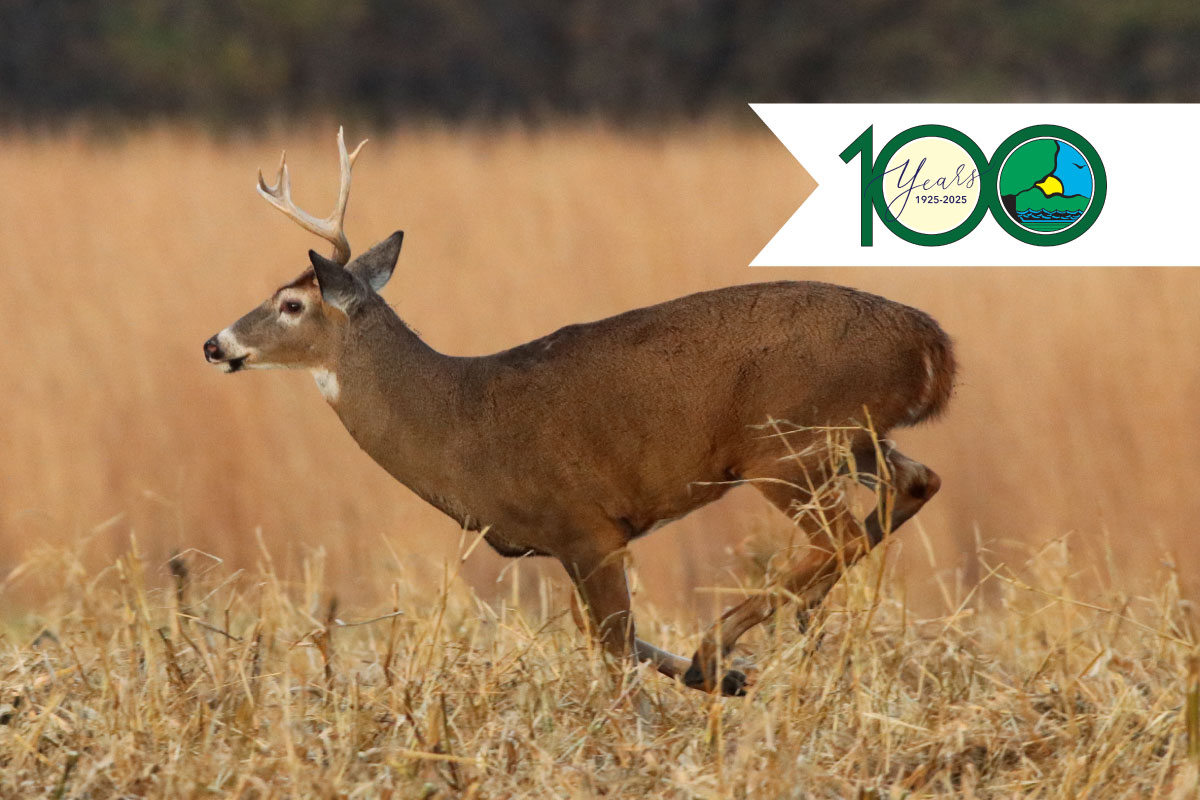

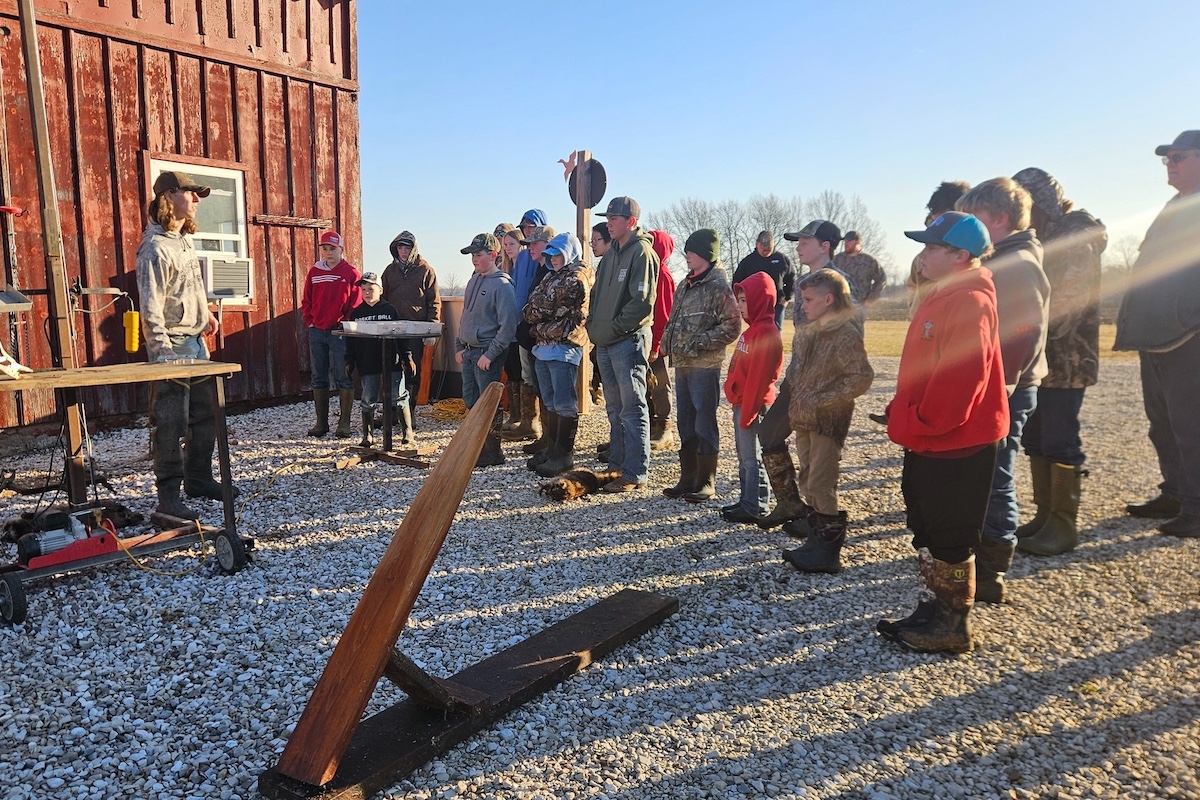
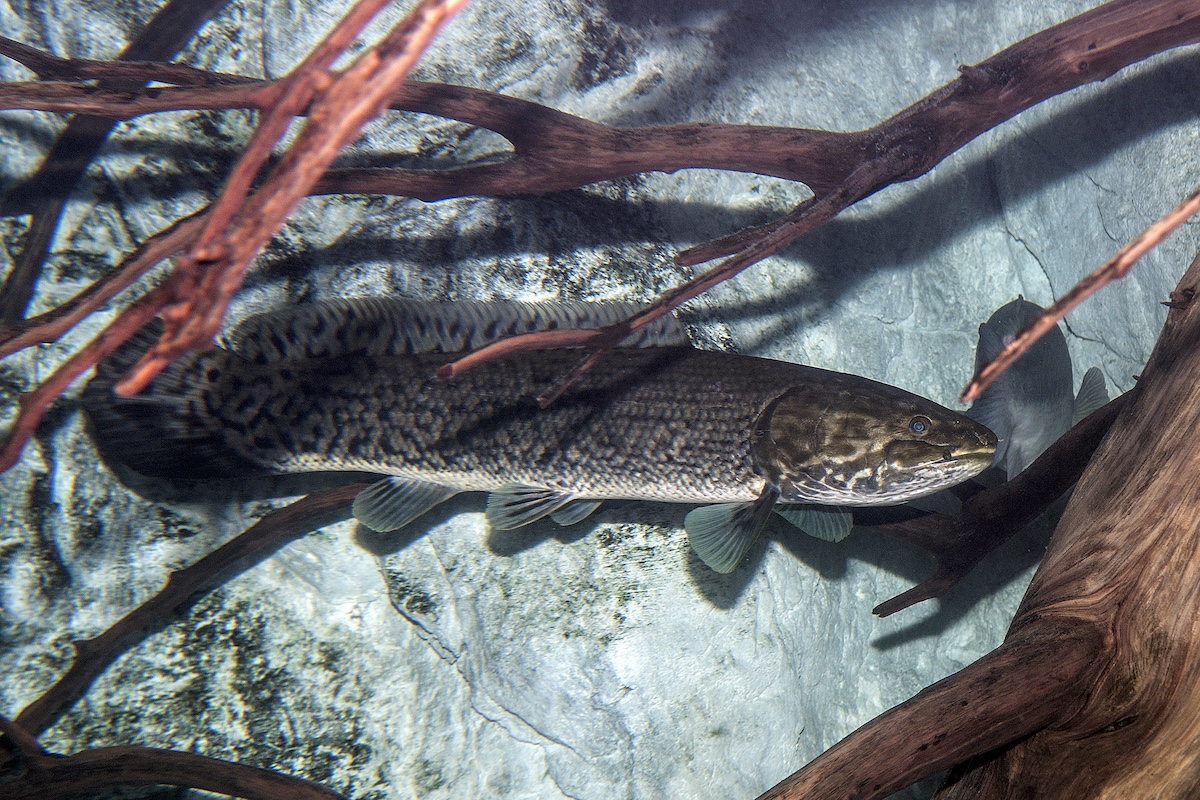

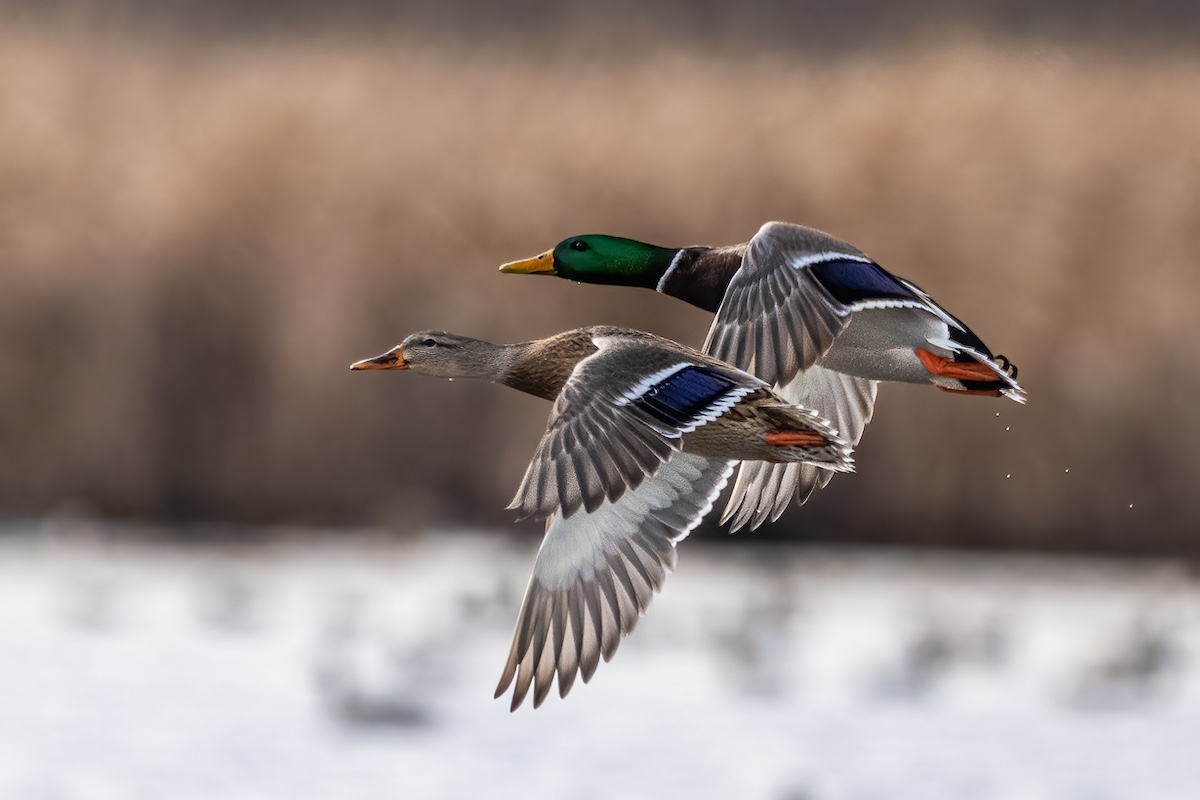
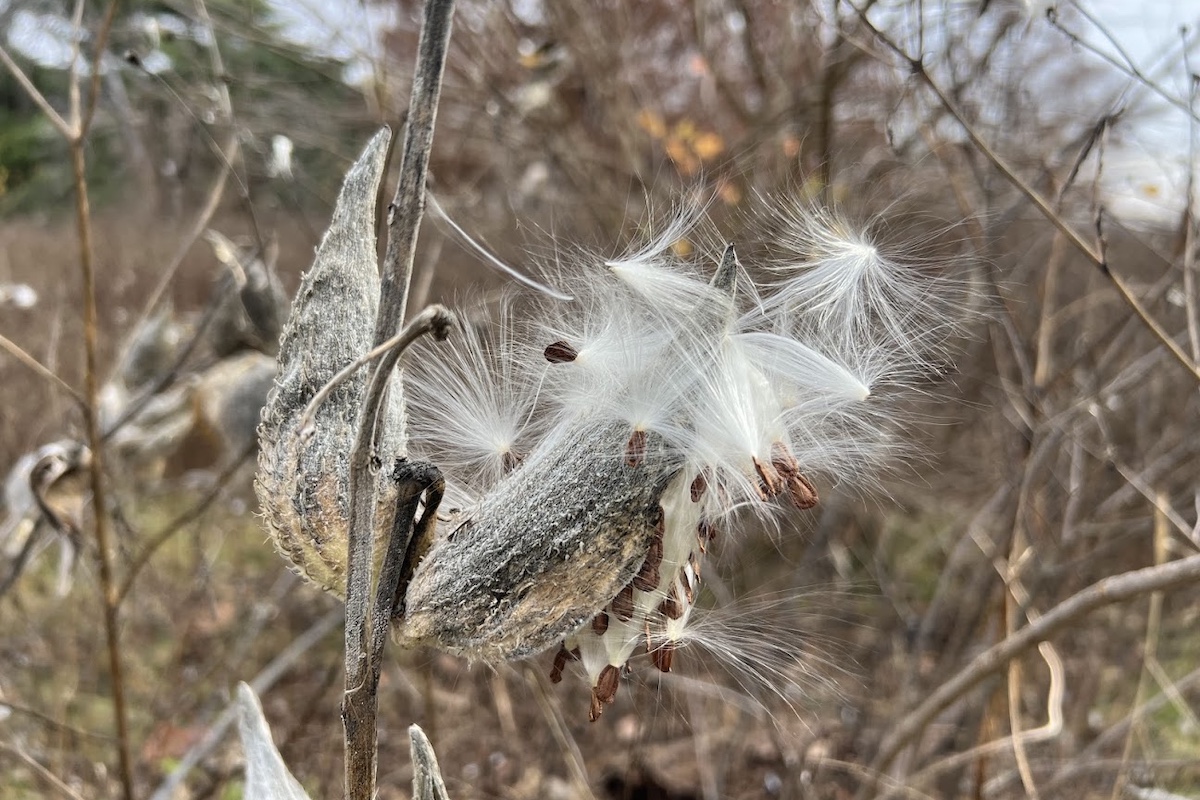
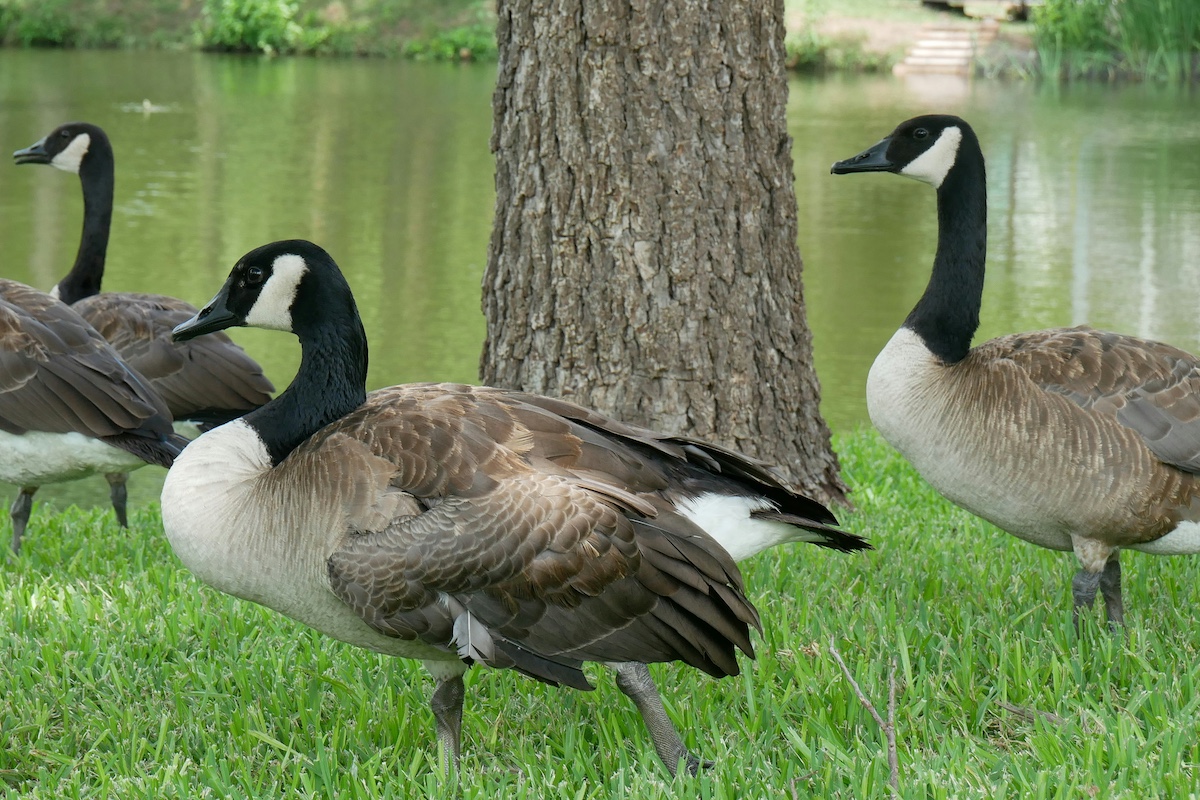
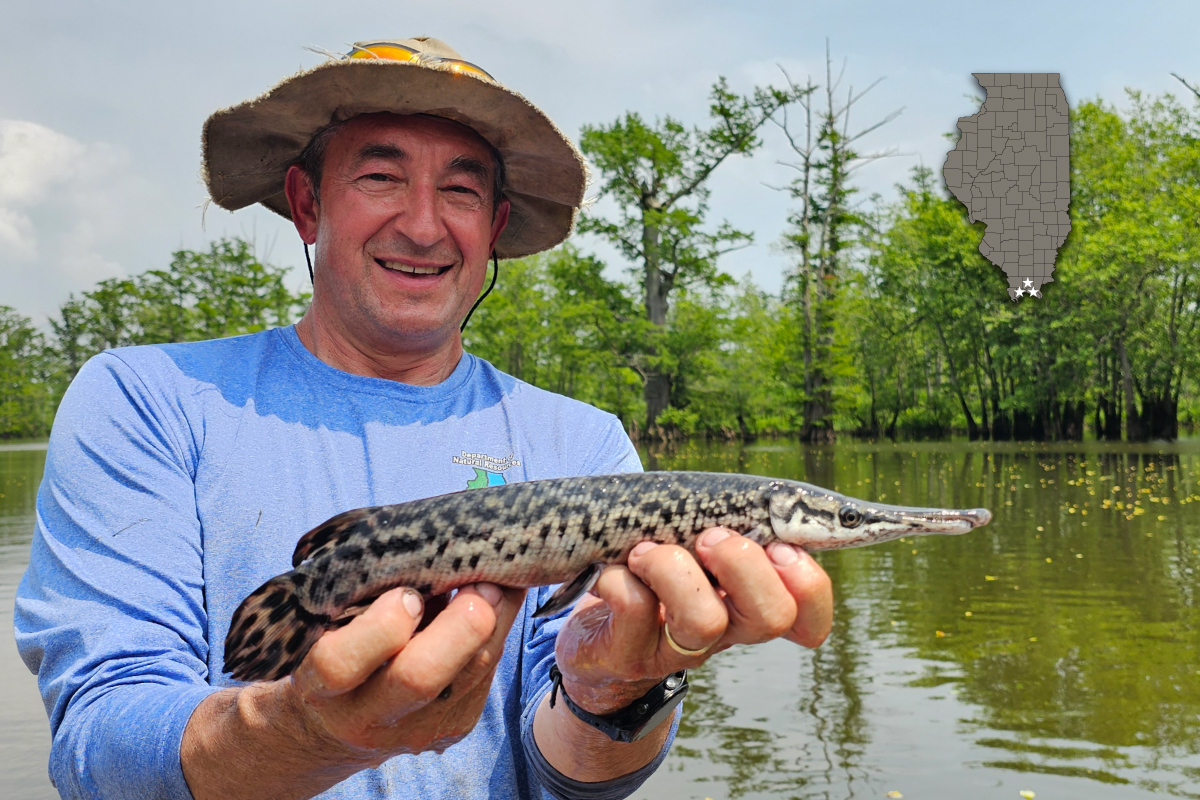
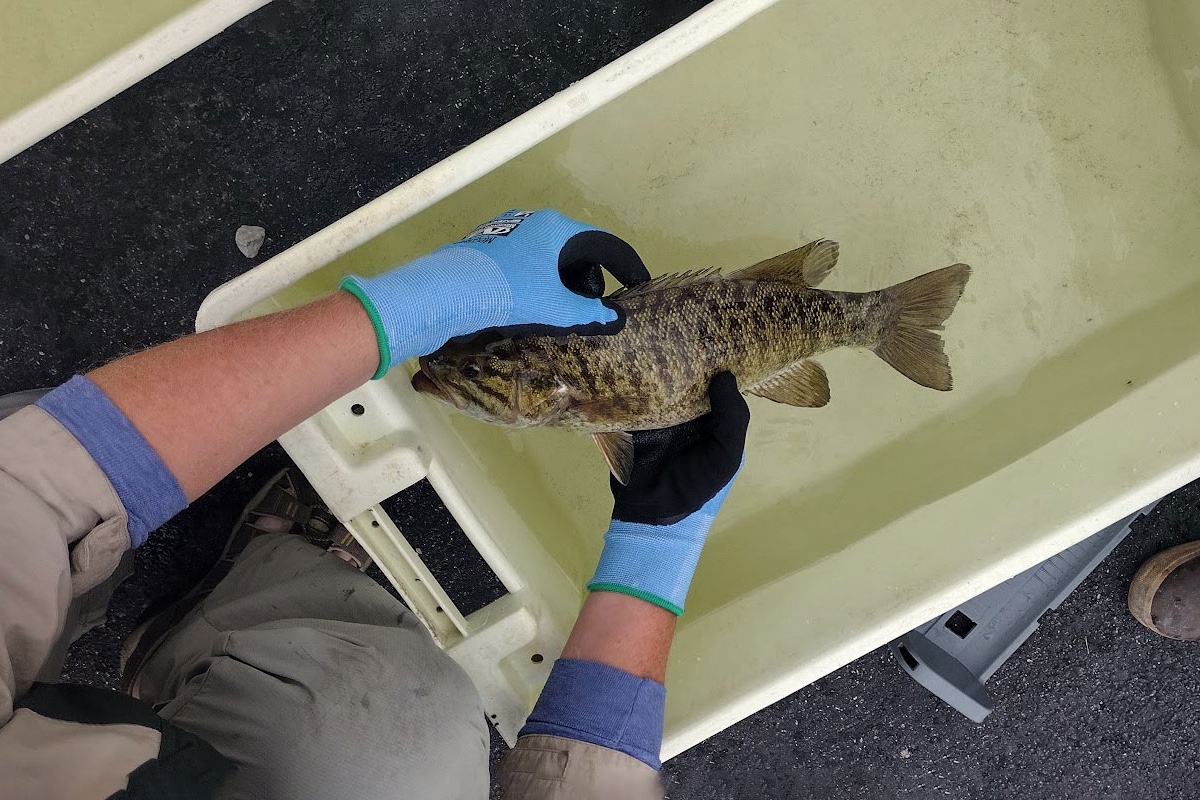
Submit a question for the author